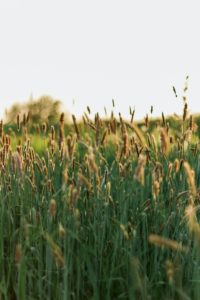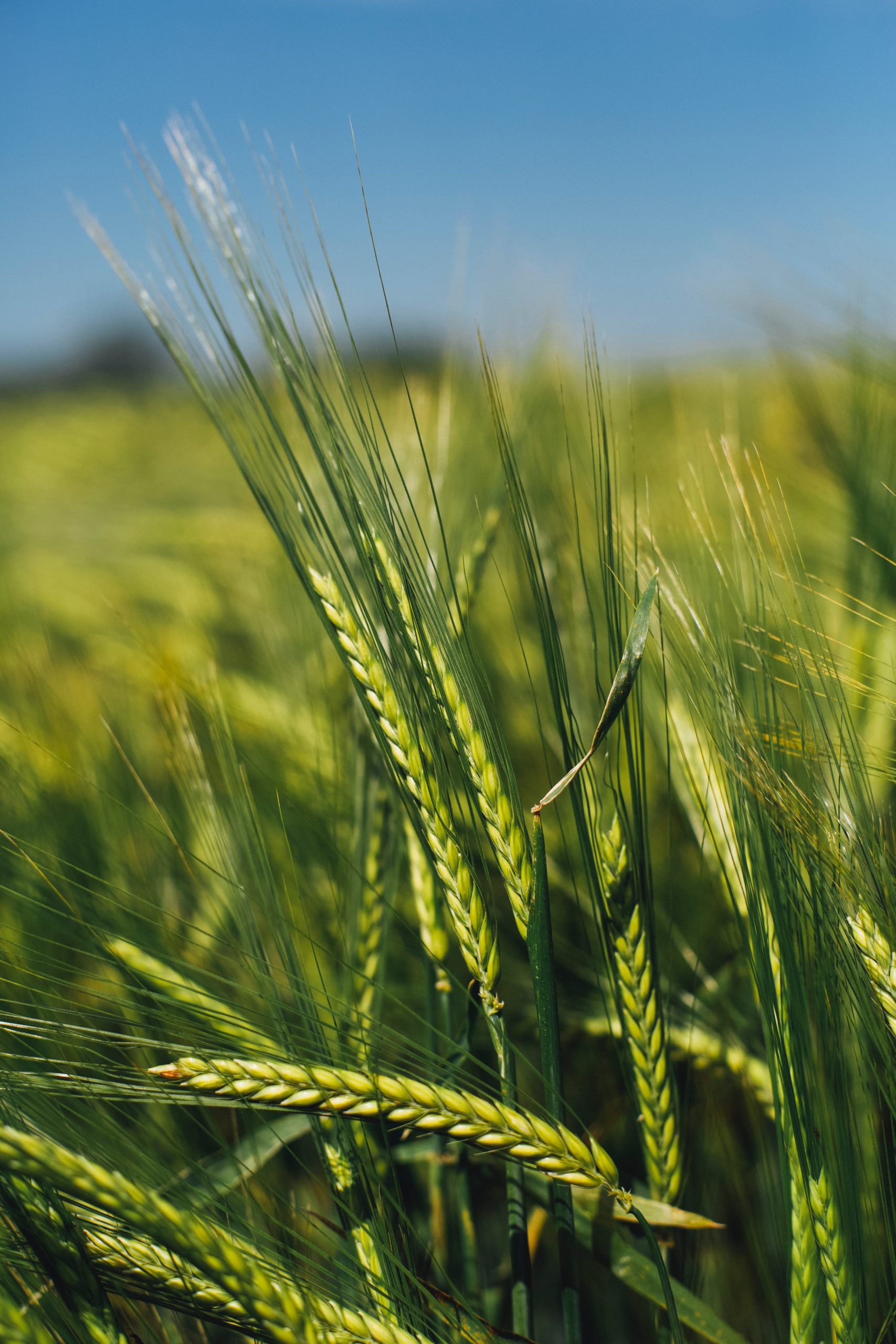I was (am?) stressed during the quarantine. Very stressed. And I don’t think I was alone. When I asked colleagues, patients, friends, families, even strangers, they all agreed that the stressors during the quarantine hit them from many angles. Mentioning this to an herbalist friend of mine, a few days later a tincture arrived in the mail. It was called the Simmer Down Tonic, and it is made by Urban Moonshine. From my first days using a small amount before bed, I became a fan. It lived up to its name, and it prompted me to learn about its ingredients.
The one that first caught my eye was “fresh milky oat top extract.” In herbal trainings, conferences, and seminars over the years, I had heard about oats and milky oats, but I could never reconcile its herbal use with the classic hot breakfast cereal that sustained me as a child, during college, and, on occasion, even now. I was always told it will “stick to the ribs” and provide you sustenance until lunch, but how could it also help you to calm down. Was it even the same plant? The herbal detective in me was determined to find out.

Say this 10 times fast. Now, try it with some dried rolled oats in your mouth. You don’t have to do that; I’ll simply share with you that the plant that produces oats, Latin name Avena sativa, like all plants has several plant parts.
First of all, oats are considered a grain (See Harold McGee’s On Food and Cooking), though to get to the “final grain stage,” the plant has to go through several steps. From the beginning, one takes the seed, plants it, and (hopefully) it starts to grow. Growth occurs after germination, sprouting, and the young plant matures over time. This isn’t unique to oats; we could probably say that most plants follow this process. If you are an herbal medicine expert interested in using the healing properties of oats, you could harvest oats at this stage,
Our trusty Joy of Cooking explains what happens if we let oats mature until the seeds are ready for harvest. At the end of the oat life cycle, seeds are collected and milled (the hull removed) into oat groats (also called steel-cut), one version of the breakfast cereal we are all familiar with, which contains both soluble and insoluble fiber, and other nutrients, including fat and protein (food.unl.edu/NEP/NEP%20Documents/OATS.pdf). To make the groats easier to cook, they can undergo processing via rolling, cutting, or steaming; various products on the marketplace will label their oats in this way. Another interesting aside is that the outer part of the oat groat contains oat bran, which sometimes is sold separately.
Green milky tops
Using the process of triangulation, I started to home in on the calming oat plant part. Various sources and websites said very similar things about milky oats, and I was particularly taken by a video of a Pacific Northwest herbalist I had met during my residency days who actually showed the plant being harvested (see below). In Rosemary Gladstar’s Herbal Recipes I finally found some guidance about oats as breakfast food, versus oats as medicine. Before the oat fruits are fully mature, those tops are more greenish in color and milky when squeezed. Per Ms. Gladstar, the oat fruit contains the calming compounds trigonelline and gramine, but I’m still working to corroborate that. The stalks, and the tops (fruit) when brown, are used for different purposes and contain other compounds, minerals, and vitamins. Also, the folks at the Herbal Academy have a nice write up about oats that describes the time to harvest the green milky tops, which appears to be just about a 1-week window (theherbalacademy.com/oats-benefits-getting-to-know-avena-sativa/). One of my favorite tincture making companies, Herb Pharm (love the name!), also describes milky oats and ties the appearance of this substance to the botanical parts (www.herb-pharm.com/pharm-journal/pharm-education-milky-oats/). The pieces are coming together!
Oat adventure
Continuing my oat adventure, another on-line source, a purveyor of herbal medicine that I haven’t fully vetted but I’m sharing as another example of details about this form of oats, Wish Garden Herbal Remedies (wishgardenherbs.com/blog/3948/milky-oats/) talks about milky oats and its historical connection to the Eclectic Physicians. Finally, Michael “Skeeter” Pilarski of the Friends of the Trees Society (www.friendsofthetrees.net) has a detailed video of the harvesting technique for green milky oat tops: www.youtube.com/watch?v=MatVBff13XA. I found this video very helpful for understanding this plant. Obviously, to really get to know this remedy, the next step to is to grow it, or at the very least assist an herbalist in the harvesting and preparation process. Time to make some phone calls, I guess!
My detective work is not yet complete. Next on the list: turn to my herbalist colleagues for “on the ground” commentary about the harvesting of milky green oat tops, medicine preparation, and dosing. I’d like to also see if anyone has done the definitive phytochemical analyses for the different parts of Avena sativa harvested at different times. Stay tuned for this follow-up, or consider that maybe these gems of knowledge will actually just be in my book!


